The lobby is packed. The line for ticket pick-up is a few dozen deep. The lobby is filled with plush lounge furniture and lit with low-hanging, contemporary chandeliers. While this could be a scene from an evening at the Kennedy Center, it actually describes the pre-performance atmosphere at Saturday night’s National Orchestral Institute (NOI) concert at The Clarice Smith Performing Arts Center at the University of Maryland.
The NOI is a summer orchestra program for musicians aged 18 to 28 selected from across the country through a competitive audition process. The NOI provides these promising musicians with a month of professional training including regular performances in The Clarice’s Dekelboum Concert Hall.
The two-hour program began with Debussy’s Jeux and Maurice Ravel’s La Valse, two pieces composed for ballets. Both works are bright with strong narrative threads. Jeux was a bouncing delight and the orchestra skillfully navigated the piece’s shifts in speed and rhythm. La Valse lost some of its tension in contrast to Jeux, but still concluded with great energy.
While listening to these two pieces I read about them using the new Octava app. In development by UMBC professors Linda Dussman and Eric Smallwood, the app can replace a printed program, delivering program notes to your phone as the music is played. Orchestras are fighting for relevancy and experiments like Octava may help cultivate younger audiences for classical music. While there are still kinks to work out, Octava brings depth and relevance to the real-time orchestra experience for the social media generation.

Image of the Octava app in use pre-performance. Octava replaces a traditional playbill. Image by Dylan Singleton courtesy The Smith Center
Teddy Abrams, the evening’s wunderkind conductor, may himself be a beacon for engaging new listeners. At 29, Abrams is barely older than the musicians he conducted but has already established himself as a conductor, composer, and musician in his own right. As head of the Louisville Orchestra he’s the youngest musical director of a major orchestra in the United States.
Abrams was dressed trendy but sharp in a black sweater and gray skinny jeans detailed with zipper pockets, a far cry from the suit and tails of the traditional maestro. And after the concert he participated in a post-performance “Jazz Jam” with audience members in the lobby. Abrams is clearly a brand ambassador for the hip new face of American classical music.
Abrams skill was apparent though the more challenging second half of the evening’s program, Mahler’s Symphony No. 1, Titan. The 50-minute symphony has German heft, requiring endurance and strength from both orchestra and conductor, both of whom delivered on Saturday night.
In review of a recent National Symphony Orchestra performance of the same symphony The Washington Post’s Anne Midgette wrote that avoiding emotional cliché is hard to do “with a composer who offers so much temptation and precedent for heart-on-the-sleeve antics.” The horns and percussionists (in particular) met that challenge, executing the bombastic climax without descending into a Thanksgiving Day parade of sound.
The NOI program on Saturday night felt like a celebration of sorts but the virtuosity of the performances soothed any fear of gimmickry. And if the audience’s standing ovation is any indication, America’s orchestras may yet succeed in their battle for relevancy — without sacrificing artistic integrity.
The festival continues through June 25; tickets for the remaining concerts are available here.
This article was originally posted on DC Metro Theatre Arts.

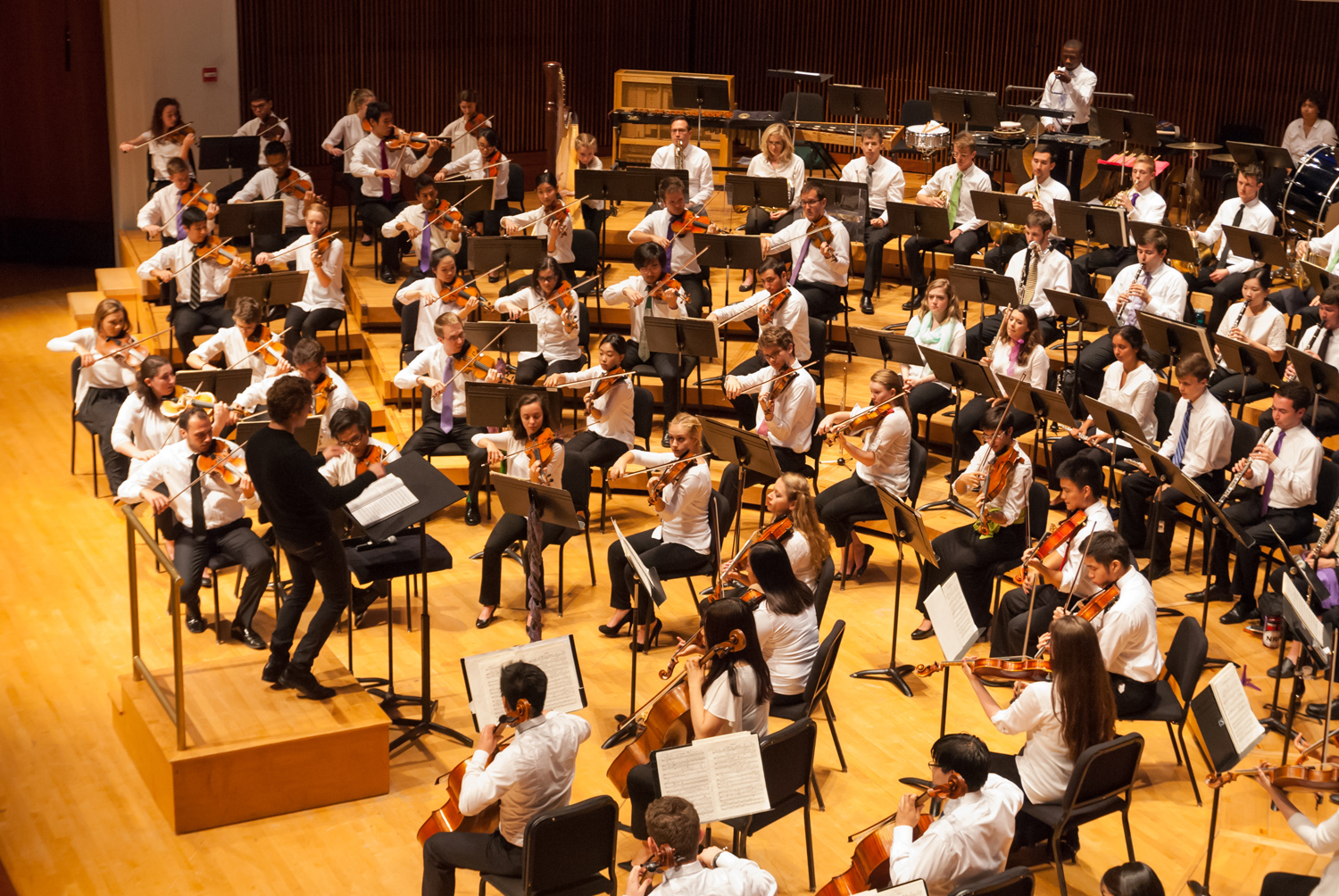
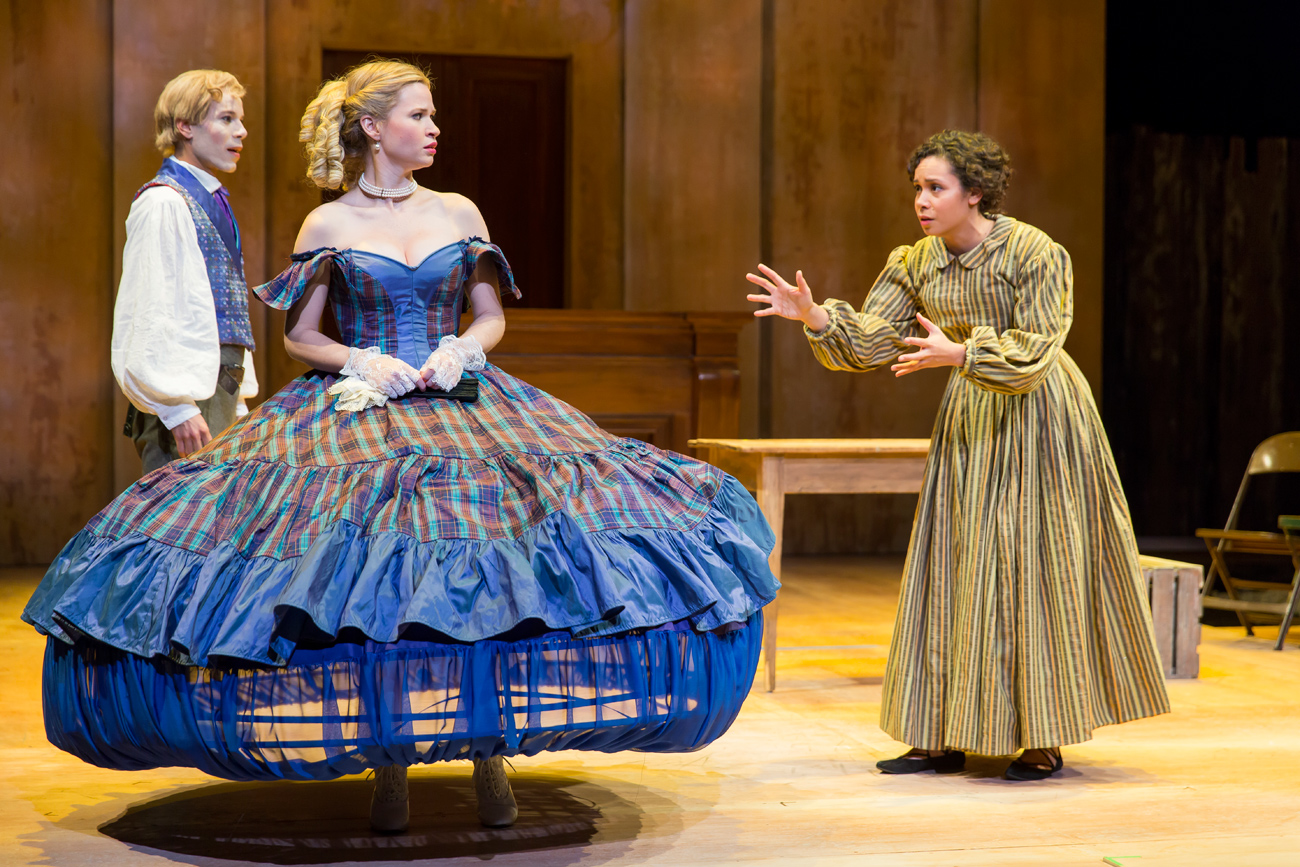
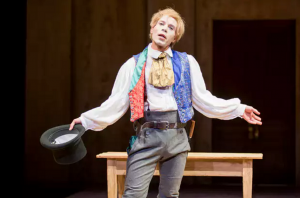
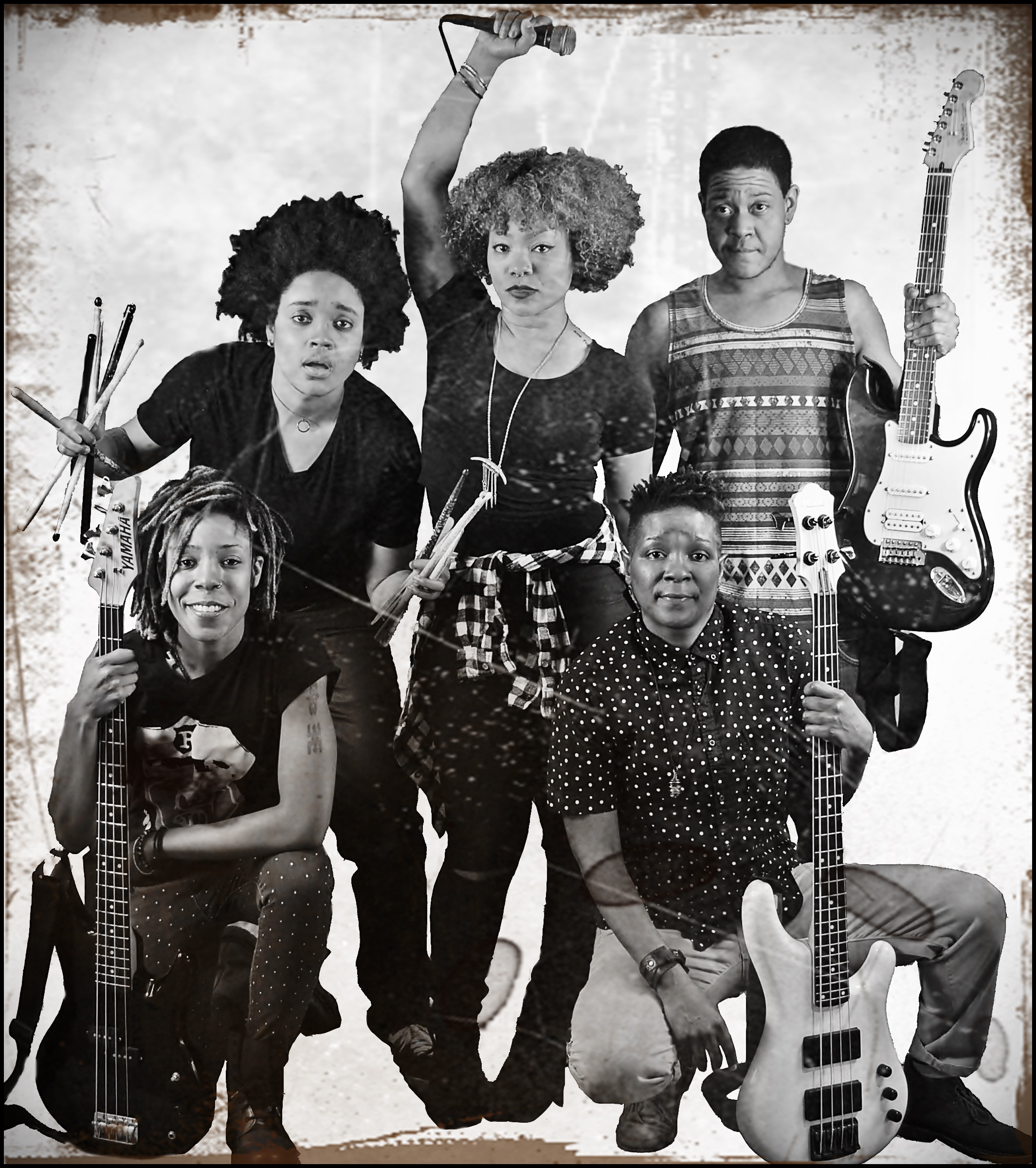
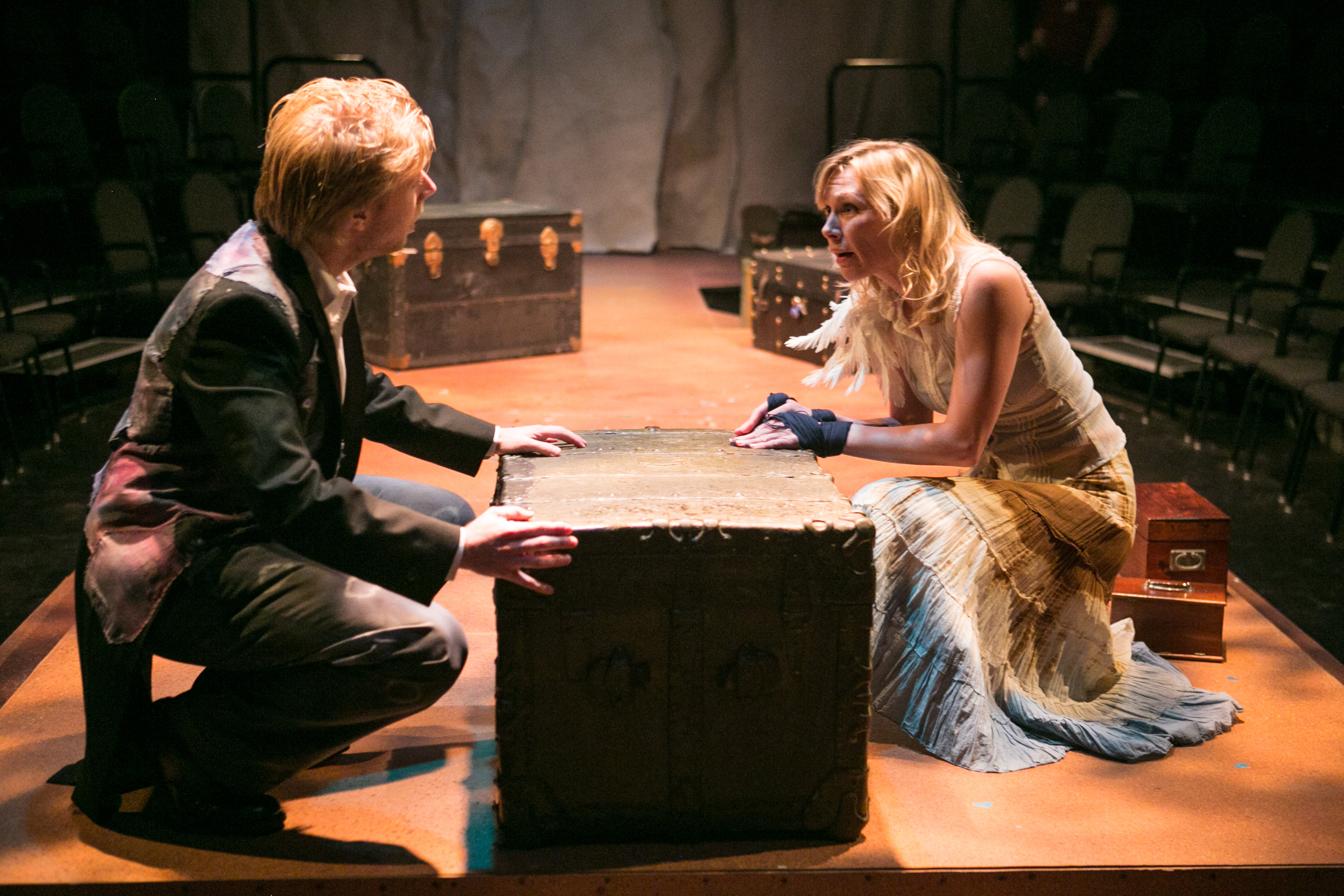
 Georgette Kelly’s Ballast, one of the new plays selected, centers on two relationships between cisgender and transgender partners. Over the course of the play, both couples grapple with the process of gender transition (which is not frequently enough portrayed on stage.) The play presented a few challenges for Ballast director Margot Manburg, including casting transgender performers and “maintaining the equal footing” between all of the characters.
Georgette Kelly’s Ballast, one of the new plays selected, centers on two relationships between cisgender and transgender partners. Over the course of the play, both couples grapple with the process of gender transition (which is not frequently enough portrayed on stage.) The play presented a few challenges for Ballast director Margot Manburg, including casting transgender performers and “maintaining the equal footing” between all of the characters.